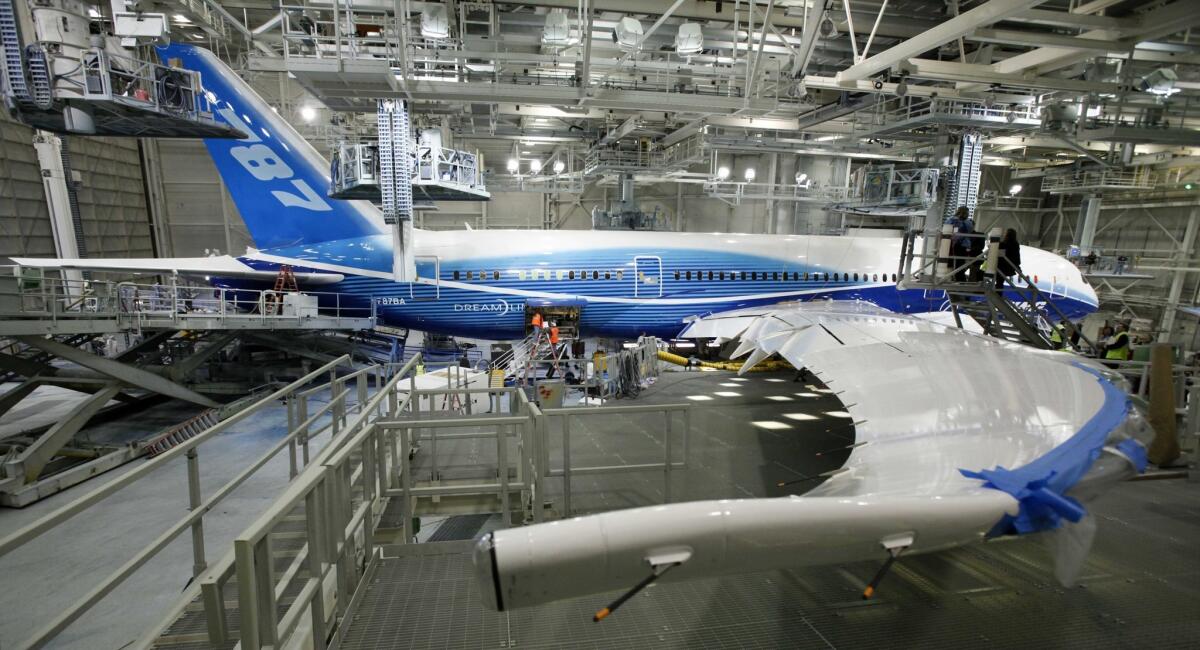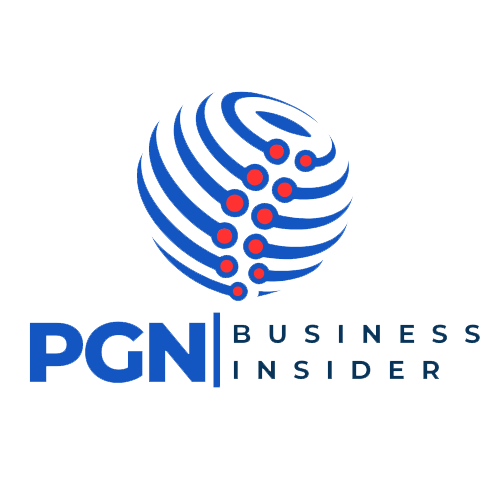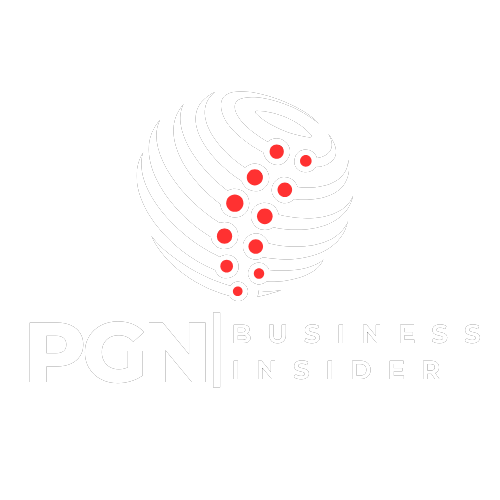Boeing, America’s largest exporter, faces renewed pressure as 125% retaliatory tariffs from China force two 737 MAX jets back to Seattle and threaten to raise global production costs by millions per aircraft. This latest trade escalation compounds six years of safety crises, labour strikes and pandemic-driven demand collapse. With roughly 80% of its jet content sourced overseas, Boeing may incur steep new input‐cost surcharges even as it posted a narrower-than-expected $0.49 per-share loss on $19.5 billion in Q1 revenue. The broader aerospace supply chain, which supports 1.6 million U.S. jobs, risks further disruption and potential recessionary spillover if tariffs are extended beyond China. Boeing’s half-trillion-dollar backlog provides a cushion, but management warns that sustained trade barriers could erode deliveries, supplier viability, and the broader economy.
Boeing Jets Diverted Amid Tariff Retaliation
What happened: Over the weekend of April 19–20, two Boeing 737 MAX jets bound for Xiamen Airlines in China were returned to Seattle rather than delivered, after Beijing imposed a 125% tariff on U.S. aircraft imports in response to U.S. duties up to 145% on Chinese goods. A third jet is scheduled to follow.
Why it matters: At an average list price above $55 million apiece, the Chinese tariff would have more than doubled the cost to carriers, making acceptance uneconomical. Boeing’s CEO, Kelly Ortberg, warned that other nations could emulate China, jeopardising export-driven revenues and straining global airline fleet plans.

Background: A Company Under Siege
Boeing’s troubles stretch back six years. Two fatal 737 MAX crashes in 2018–19 led to a worldwide grounding, followed by quality-control investigations into defective components, and a $51 billion operating loss since the crashes occurred. A 2024 strike halted production for two months, and pandemic lockdowns led to a decline in plane orders and deliveries, from 380 aircraft in 2019 to just 157 in 2020–21.
Boeing’s supply chain is 80% foreign-sourced, with wings from Japan, door plugs from Malaysia. Therefore, U.S. tariffs on Chinese or European parts would raise its domestic build cost by millions per jet, a burden neither Boeing nor its customers are eager to shoulder. Recertifying new U.S. suppliers can take over a year, thereby deepening dependence on imports and potentially exposing them to tariff hits.
China Market: Lost Ground to Airbus
China represents 10–15% of global fleet growth, with an expected 8,830 new jets over the next 20 years, a prize that Boeing has partly ceded to Airbus amid U.S.-China tensions. Chinese airline orders plunged from 122 in 2017–18 to just 28 since, none for passenger variants after 2019.
Airbus, which assembles A320 family jets in Hamburg and Tianjin, has been less exposed, capturing further market share as Chinese carriers pause U.S.-built deliveries.
Economic and Employment Impact
Boeing supports approximately 1.6 million U.S. jobs, both directly and indirectly, with nearly 150,000 employees. Aerospace accounts for $150 billion in annual U.S. exports; tariffs risk cascading layoffs across suppliers such as Spirit AeroSystems, which has warned of “substantial doubt” about its survival, and Howmet Aerospace, which has claimed force majeure on contracts.
Analyst Ron Epstein of Bank of America notes that penalising a net-exporting manufacturing sector during recessionary warning signs could tip the economy into contraction.
Financial Results and Management Response
On April 23, Boeing reported a first-quarter adjusted loss of $0.49 per share on $19.5 billion revenue, beating expectations of a $1.29 loss and $19.45 billion revenue. Deliveries climbed to 130 jets, driven by a ramp-up of the 737 MAX, and management aims to double MAX output to 38 per month by year-end.
Ortberg, in a letter to employees, called 2025 a “turnaround year,” citing improved quality and delivery predictability, and highlighted a $10.55 billion sale of Jeppesen navigation assets to reduce debt. He insisted Boeing can redeploy the roughly 50 undelivered jets intended for China to other buyers, though redirecting orders may take time.
Rising Production Costs
Tariffs apply not only to finished jets but also to imported components. With Dreamliner wings built in Japan and critical parts sourced from Malaysia, new duties could add millions of dollars to the cost of each aircraft. Boeing expects to recover some duties via “drawbacks” when exported aircraft include tariff-paid parts; however, this mechanism fails if third countries impose their import tariffs.
Delta Air Lines has already stated that it will refuse to pay any Airbus tariffs on European-assembled jets, underscoring the carrier’s resistance to absorbing added costs.
What’s Next
- Investor Briefing (April 23): Boeing executives will field questions on trade risks, production targets and backlog health.
- Potential New Tariffs: Europe or other markets could adopt a similar approach to China’s, potentially triggering a broader trade war in the aerospace sector.
- Supply-Chain Stability: Recertification delays make replacing foreign suppliers impractical, so Boeing must negotiate tariff exclusions or secure drawback assurances to protect production rates.
For more business News, check PGN Business Insider.

















